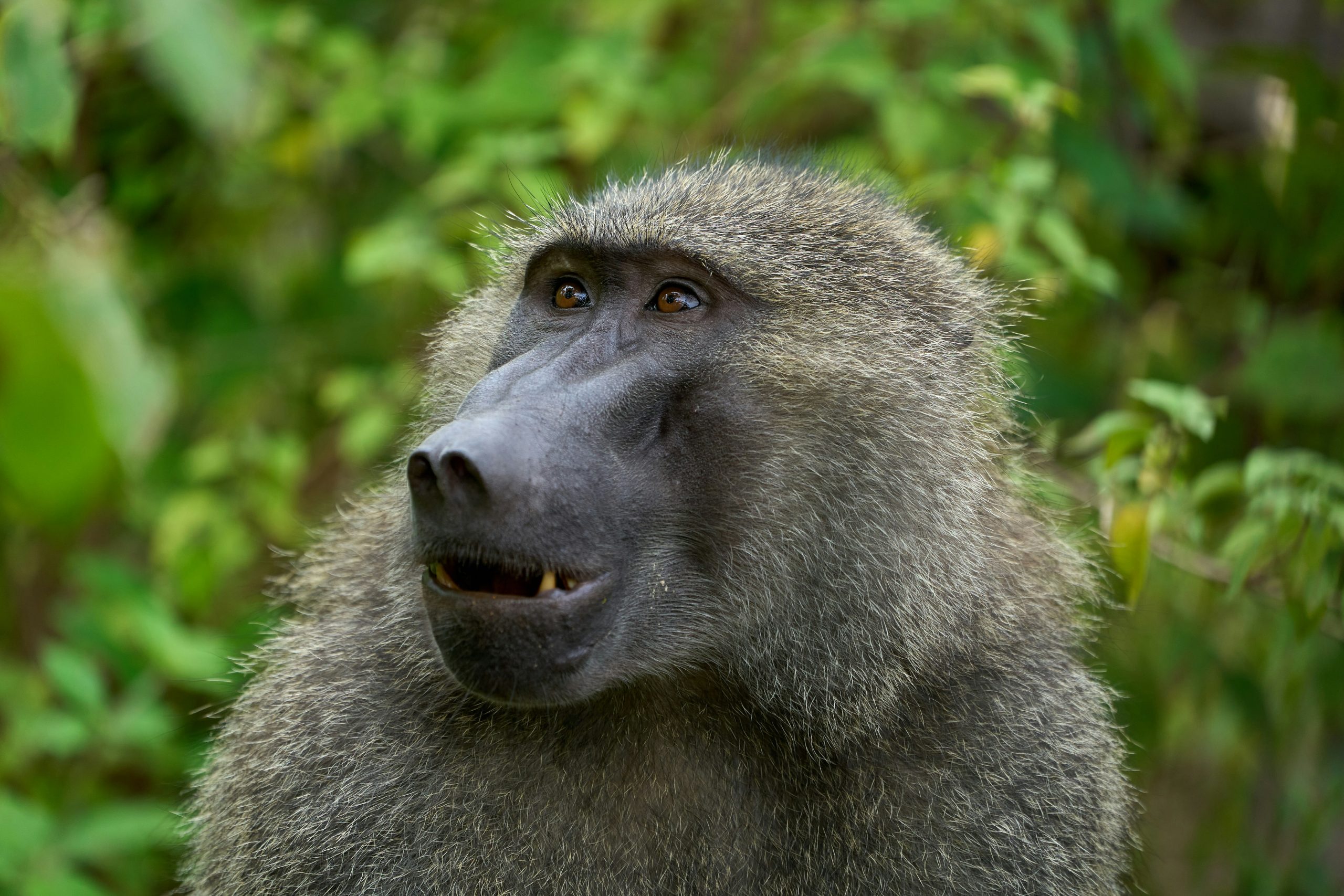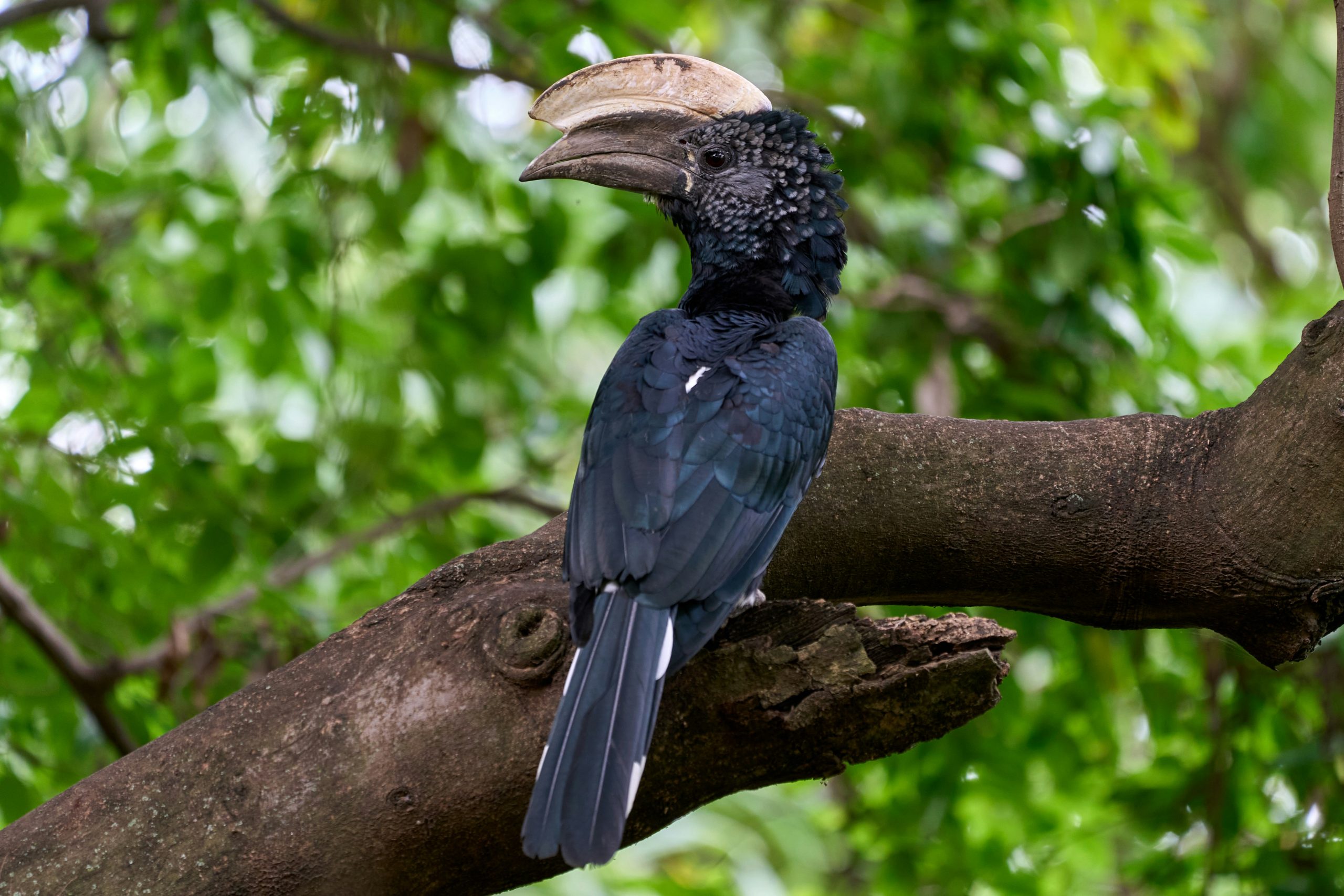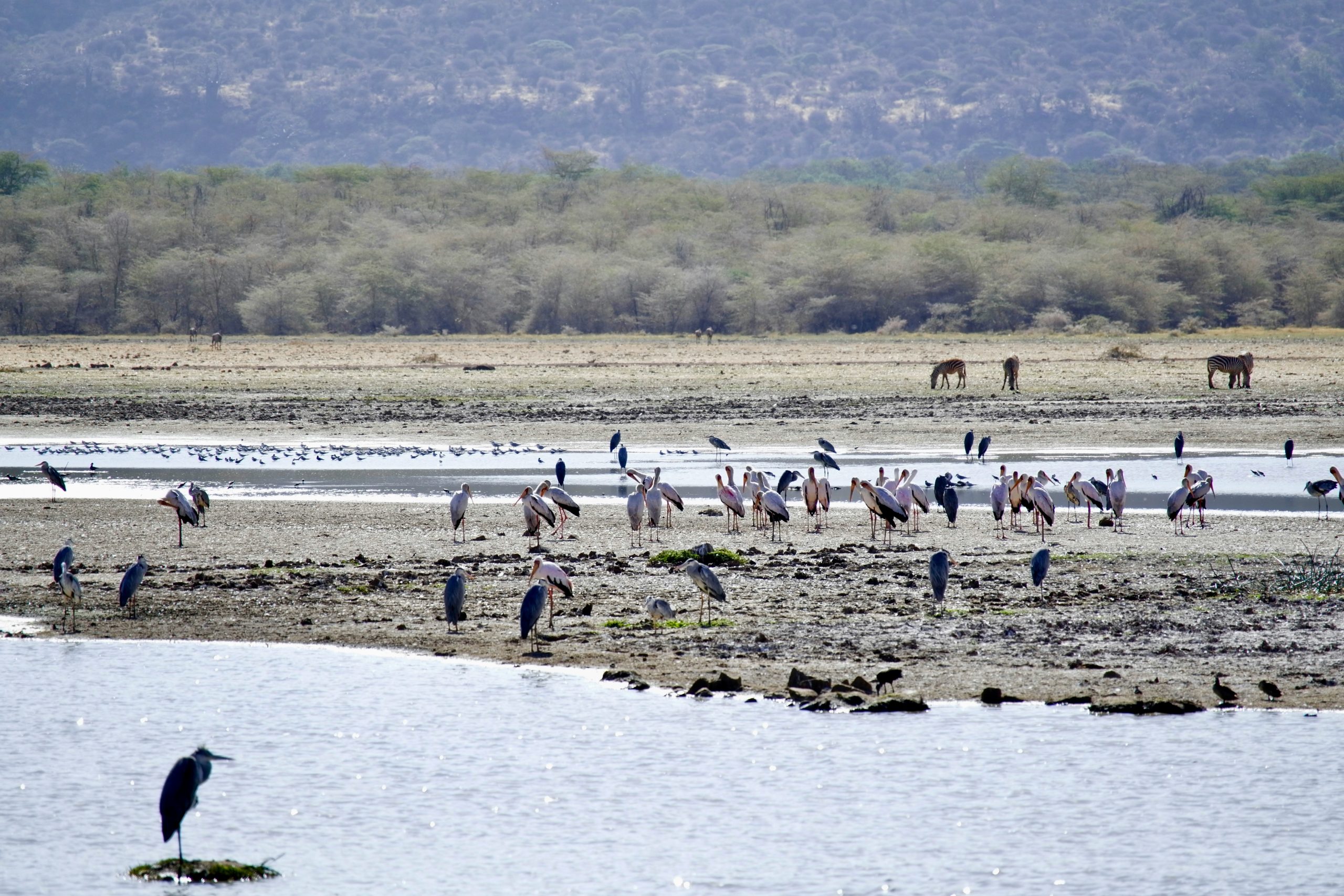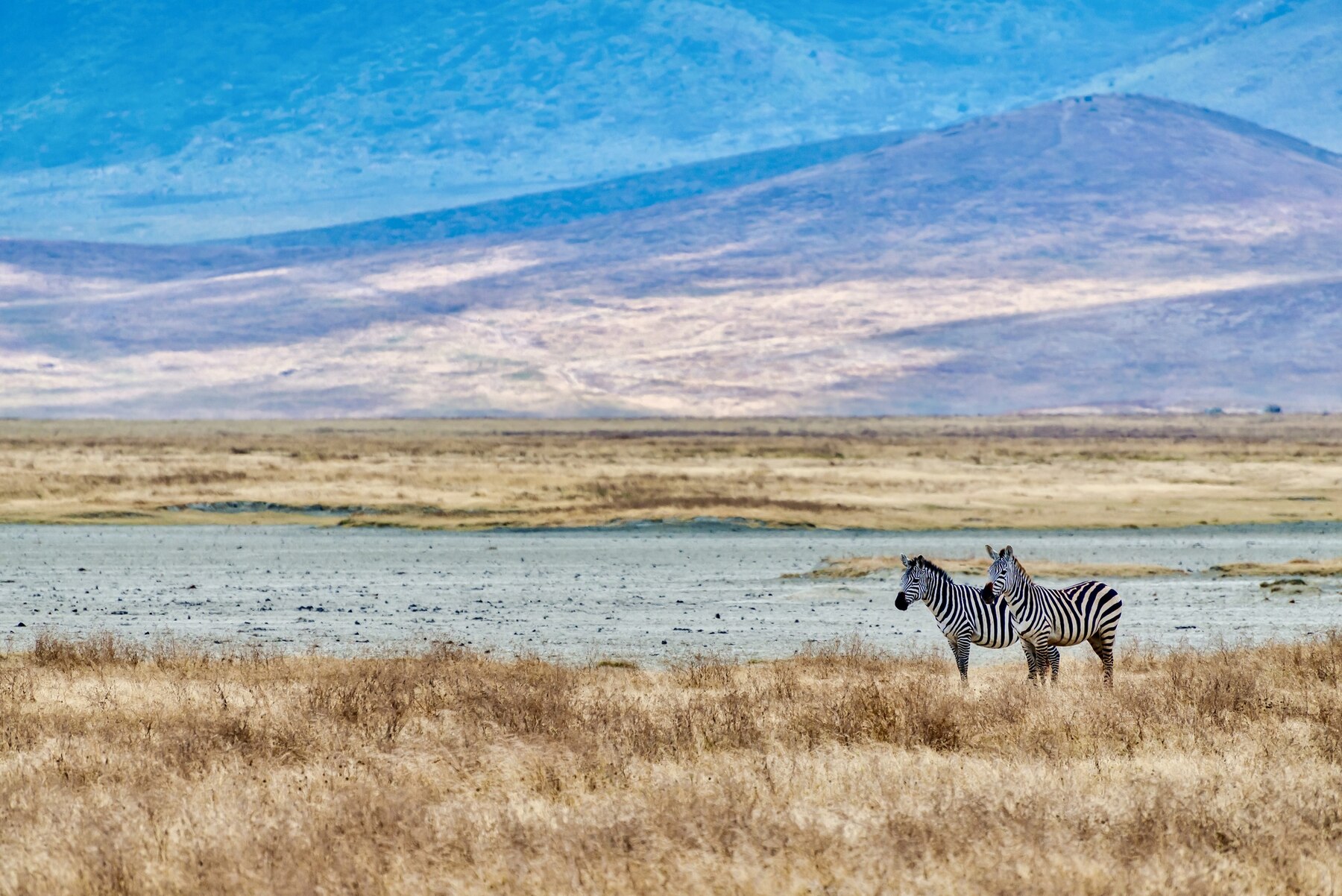Lake Manyara National Park
Discover the Compact Gem of the Great Rift Valley
Welcome to Lake Manyara National Park, a stunningly diverse sanctuary nestled at the foot of the magnificent Great Rift Valley escarpment. Though compact, covering just 330 square kilometers (of which up to 200 sq km is lake in the wet season), it offers an incredible microcosm of African habitats. From the lush, primate-filled groundwater forests fed by springs seeping from the escarpment, to the expansive acacia woodlands, grassy floodplains, and the shimmering alkaline lake itself, Manyara is a park of dramatic contrasts and rich biodiversity. It’s particularly renowned for its legendary, albeit elusive, tree-climbing lions and its staggering avian population.
Whether you’re captivated by the sight of thousands of pink flamingos adorning the lake, tracking lions through the woodlands, or observing large baboon troops by the roadside, Lake Manyara delivers a uniquely intimate and vibrant safari experience.


Why Visit Lake Manyara?
One of the few places in Africa where lions exhibit this unusual behavior, often seen resting in the branches of acacia or sausage trees.
A haven for ornithologists, with over 400 recorded bird species, including vast flocks of flamingos, pelicans, storks, and numerous forest and woodland birds.
Experience groundwater forests, acacia woodlands, grassy floodplains, marshlands, and the alkaline lake within a short drive.
The towering, sheer cliffs of the Great Rift Valley escarpment provide a breathtaking western backdrop to the park.
Famous for its very large troops of olive baboons, plus blue monkeys and vervet monkeys in the forests.
Reliable sightings of hippos wallowing in pools, especially near the park entrance and along the Simba River.
Easily accessible as part of the Northern Circuit, often visited en route to or from Ngorongoro and Serengeti.
The Ecological Tapestry of Manyara
Lake Manyara’s distinct charm lies in its concentrated ecological diversity, shaped by the Rift Valley and its unique hydrology.
Groundwater Forest: This unique, jungle-like forest near the park entrance is sustained by perennial springs from the escarpment. It’s characterized by towering mahogany and wild fig trees, creating a cool, shaded environment perfect for baboons, blue monkeys, bushbuck, and a variety of forest birds.
Acacia Woodlands & Grassy Plains: Moving south, the forest gives way to open acacia woodlands, home to elephants, giraffes, impala, zebra, and the famous tree-climbing lions. Grassy floodplains emerge closer to the lake, attracting grazers.
The Alkaline Lake Manyara: This shallow soda lake is the park’s centerpiece. Its salinity supports specific algae, which in turn attract huge congregations of lesser and greater flamingos, particularly when water levels are optimal. Pelicans, cormorants, and storks are also abundant.
Hot Springs (Maji Moto): Further south in the park, geothermal hot springs bubble to the surface, creating warm pools and boardwalks for visitors to explore this unique feature.
Best Time to Visit Lake Manyara
Dry Season (June - October)
- Pleasant, sunny weather with cooler evenings and mornings. Minimal rainfall.
- Wildlife congregates around permanent water sources (rivers, springs), making animals easier to spot as vegetation is thinner.
- Prime time for general game viewing, including elephants and giraffes in the woodlands.
- The lake recedes, concentrating flamingos and other waterbirds in remaining waters, though numbers can vary significantly based on alkalinity and food.
- Can be part of the peak tourist season, so slightly busier.
Wet / Green Season (November - May)
- Lush, vibrant green landscapes; the escarpment is particularly beautiful. Dramatic skies perfect for photography.
- Peak Birding Season: Migratory birds from Europe and northern Africa arrive, augmenting the resident species. The forest birdlife is particularly active.
- Waterfalls on the escarpment may be flowing.
- The lake swells, potentially dispersing flamingos if salinity levels change too drastically, but often still good numbers.
- Fewer crowds (except during Christmas/New Year and Easter).
- Lower season rates may be available for accommodation.
- Short rains (Nov-Dec) are usually afternoon showers. Long rains (Apr-May) can be heavier, making some tracks muddy, but the park remains accessible due to its good road network in core areas.
Activities in Lake Manyara
Day Game Drives: The primary activity, exploring the diverse habitats from the forest to the lake shores.
Night Game Drives: One of the few National Parks in Tanzania offering official night drives, providing a chance to see nocturnal animals like civets, genets, porcupines, and potentially leopards on the hunt. (Usually arranged through specific lodges/operators).
Treetop Walkway (Canopy Walk): A unique activity offering a bird’s-eye view of the groundwater forest, walking along a series of suspension bridges and platforms high in the canopy.
Canoeing on Lake Manyara: Offered when water levels are sufficiently high, providing a different perspective of the lake, birdlife, and potentially hippos from a safe distance. (Seasonal and operator-dependent).
Bird Watching: Guided bird walks, especially in the forest areas, are highly rewarding.
Cultural Visits to Mto wa Mbu: Visit the bustling multi-cultural village of Mto wa Mbu just outside the park gate. Experience local farming (rice paddies, banana plantations), artisan workshops, a local market, and enjoy a traditional Tanzanian meal.
Cycling Tours in Mto wa Mbu: Explore the village and surrounding farmlands by bicycle.


